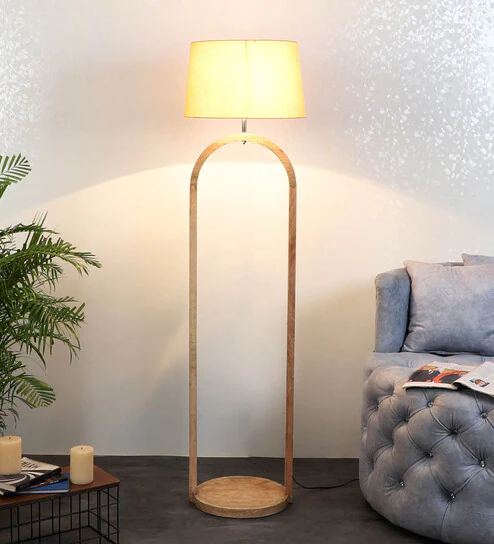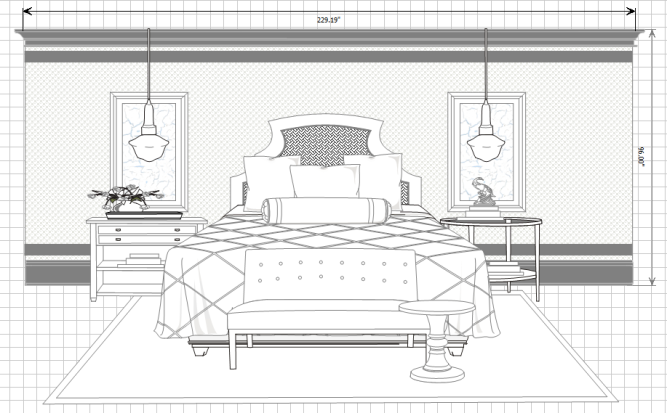Plumbing Venting Rules
Before you begin to install a new fixture, make sure that you follow the plumbing venting rules in your state. If you don’t, you may be breaking the law. The IPC requires that waste pipes and traps be vented outdoors. In addition, there are rules about venting pipes for multiple storey homes. Read on for more information. Then, follow these tips to install a new fixture or repair an existing one.
The minimum vertical distance between the rim of a fixture drain and the top of the trap is two inches. For a water-supplied urinal, this distance must be three inches or four feet. Exceptions to this rule include fixtures that are more than 4 feet (1219mm) tall. When choosing a vent size, consider your drain’s design. A vent that is too short could become blocked with excess water.
One way to solve this problem is to install an island fixture vent. These vents can provide enough air to fill the vacuum and prevent sewer gas from backing up into the sink. The top elbow of the island fixture vent should be higher than the flood level to prevent it from becoming a de facto drain. Once you have installed your sink, it’s important to consider the plumbing venting rules for island fixtures. A plugged sink can cause waste water to back up and spill all over the floor.
Depending on the building code in your country, the rules for plumbing venting vary. In New Zealand, plumbing venting must meet the standards set forth in the Compliance Document for New Zealand Building Code. This document details all requirements for residential plumbing vents, including height and water level. For more information, contact the local authority that has jurisdiction. Then you can start planning the plumbing venting rules for your new construction or remodel. And remember to follow the rules!
Ensure that the drainpipes for each fixture have a protective vent. For example, a trap must be at least 5 feet above the main waste stack. If the topmost fixture doesn’t have a vent, it must be in a separate drainpipe. Branch vent lines must be placed above the top of connecting fixtures, as well as above the drainpipe. Once installed, branch vent lines are not allowed to be used as soil pipes.
Vent pipes are generally narrower than drainpipes. They don’t need to slope. They must be installed so they stay dry. In addition, vent pipes should emerge at a 45-degree angle from the horizontal. The horizontal portion of the revent pipe should be at least 6 inches above the flood level of the fixture, which is generally the overflow hole of a sink. And when venting multiple fixtures, make sure that the horizontal branch drain connects to the same horizontal branch drain.
Vent pipes should be installed at least six inches above the floor level of the highest fixture served by them. These pipes should slope upwards and be connected to a vent stack at least six inches above the highest level of flood. Vents should also be located at least six inches above the spill line, which is the lowest level of water that overflows from the rim. The last two rules apply to rooftop vents, so check them before you install a new sink or faucet.











